
Why love for exotic skin bags like the Hermès Birkin remains strong even as Chanel and other brands say no to crocodile, alligator and python
- Many brands are pivoting from handbags made of exotic skins, but some of the most exclusive names – Gucci, Dior, Hermès to name a few – remain committed to them
- Exotic skin bags have proved to have staying power in Singapore, where brands such as Ethan K and Kwanpen have made a name for their leather designs
Like fur coats, handbags made of crocodile leather or exotic skins do not necessarily garner the best press.
In recent years, some fashion brands, such as Burberry, Chanel, Hugo Boss and Paul Smith, have announced that they will no longer use crocodile, alligator or python skin in their products.
But among the most affluent consumers, the demand for such bags – which require expert craftsmanship to create – has led some of the most exclusive names to double down on such collections.

Last year, Louis Vuitton launched two new workshops in Paris that focus on exotic skin and ultra-luxury bags, thus positioning itself in direct competition with Hermès – long regarded as the maker of some of the most exclusive handbags in the world.

Exotic skin bags have also proved to have staying power in Singapore, where a clutch of brands such as Ethan K, Kwanpen and Nankai have made a name for their designs.
“Appreciating crocodile leathers [is] like appreciating diamonds. As the top exotic leathers continue to be rare and exceptional, with prices increasing year on year, [leather] continues to be a collectors’ favourite,” say Ethan Koh, founder of Ethan K.

Koh shot to fame a decade ago for his bespoke handbag designs, which were spotted on the arms of celebrities such as model Hailey Bieber and singer Jennifer Lopez, and he has made handbags for British royalty including Princesses Beatrice and Eugenie.
It currently has nine stores worldwide and will soon launch its 10th, in Osaka in Japan.
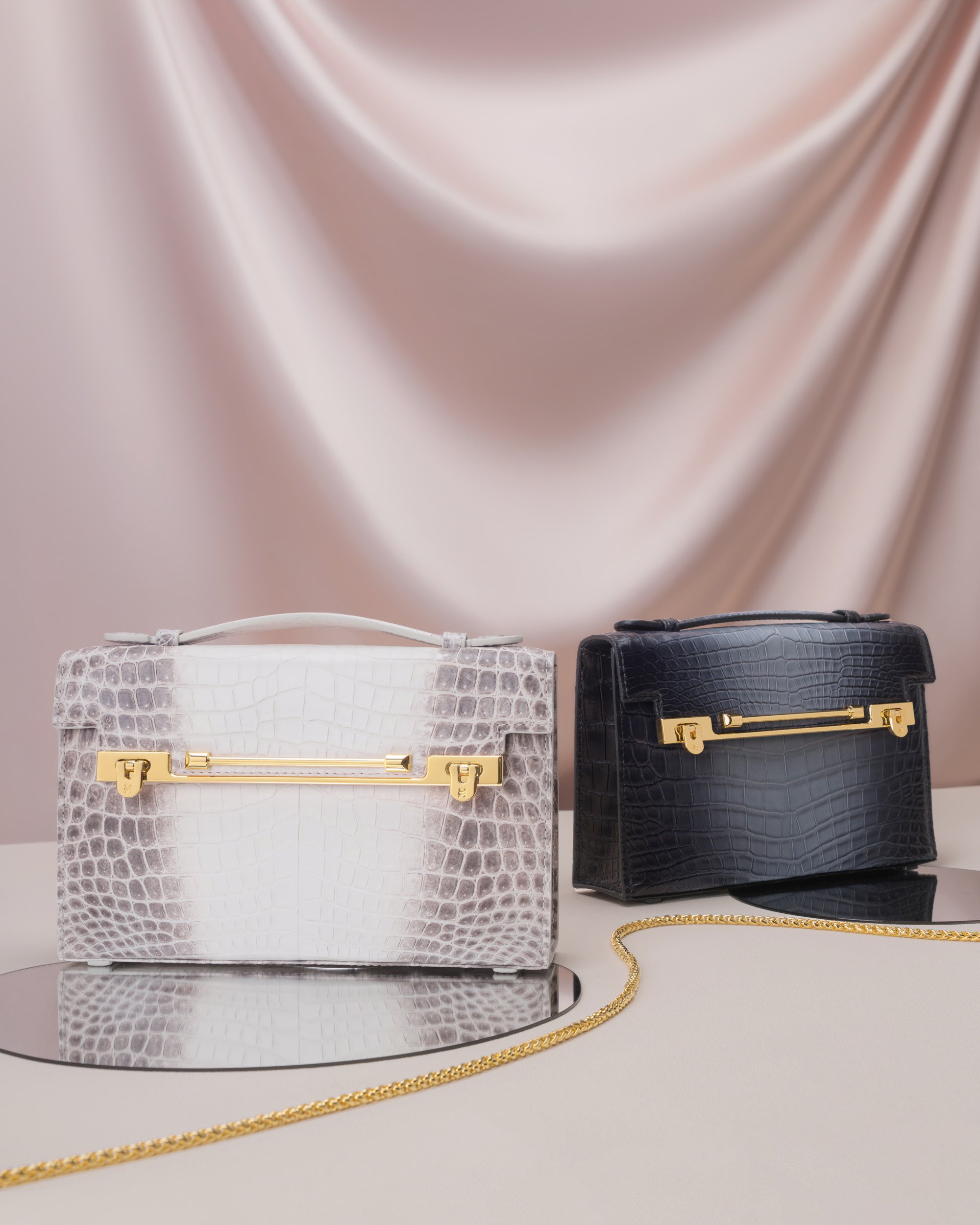

Jonathan Kwan, director of special projects at Kwanpen, says: “The appeal of the leather is in the natural, unique and beautiful pattern of the scales. The utmost care, specialised skill set and workmanship is required to bring out and highlight these characteristics.
“True connoisseurs can appreciate the time, art and effort put into designing a crocodile handbag.”
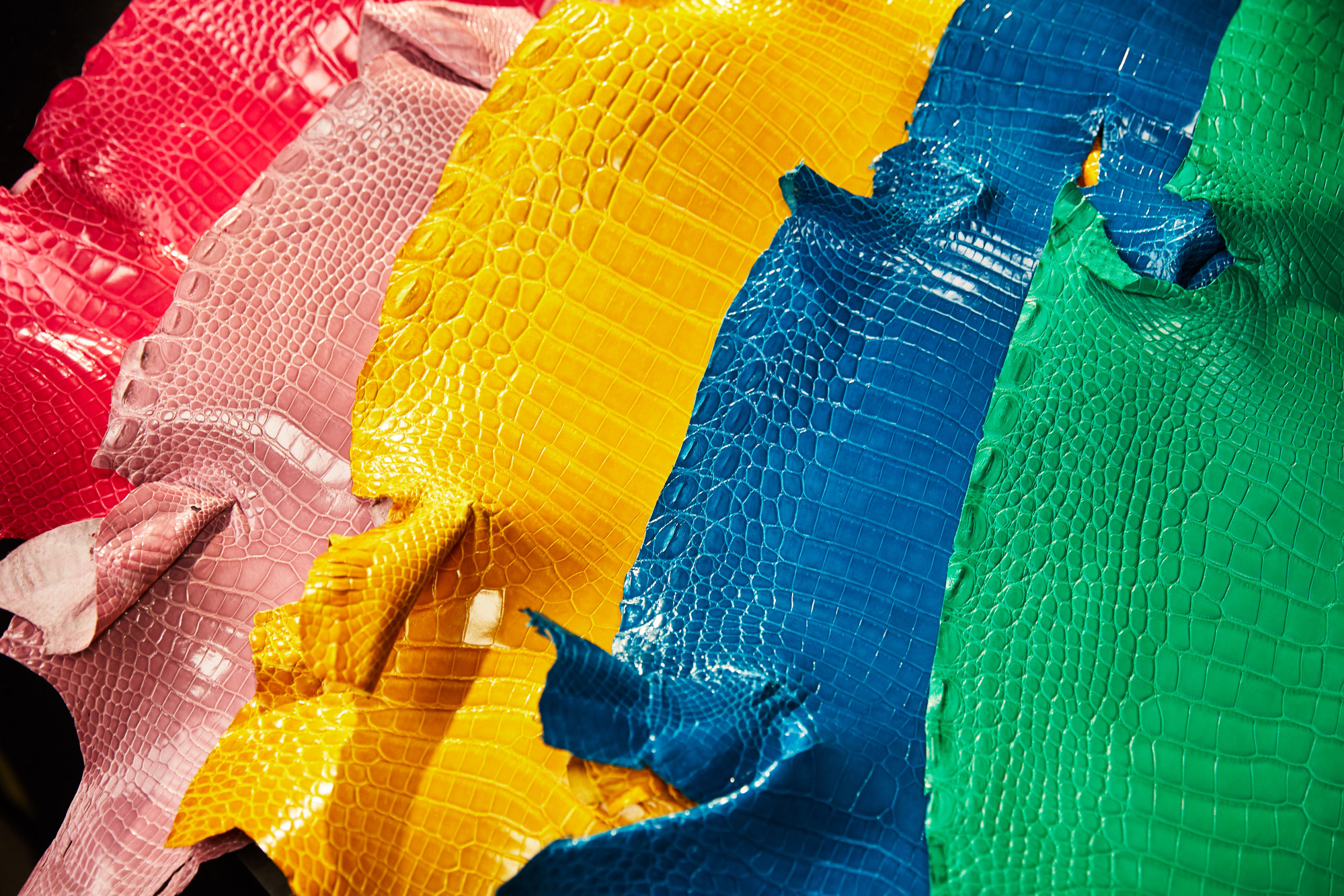
For instance, the proceeds from sourcing leather from certified crocodile farms can be channelled back into wildlife conservation programmes to ensure the survival of the species and to keep indigenous communities going.
Consumers can also look out for certification by the Convention on International Trade in Endangered Species of Wild Fauna and Flora (Cites) when they want to make responsible purchases of exotic-skin fashion items.
“We believe in driving our business with an ethical approach and respect for animal welfare so we use only ethically sourced and certified crocodilian leather in the creation of our luxury leather goods,” says Koh, whose grandfather founded Heng Long, a crocodile leather tannery, in 1978. The tannery was acquired by luxury conglomerate LVMH in 2011.
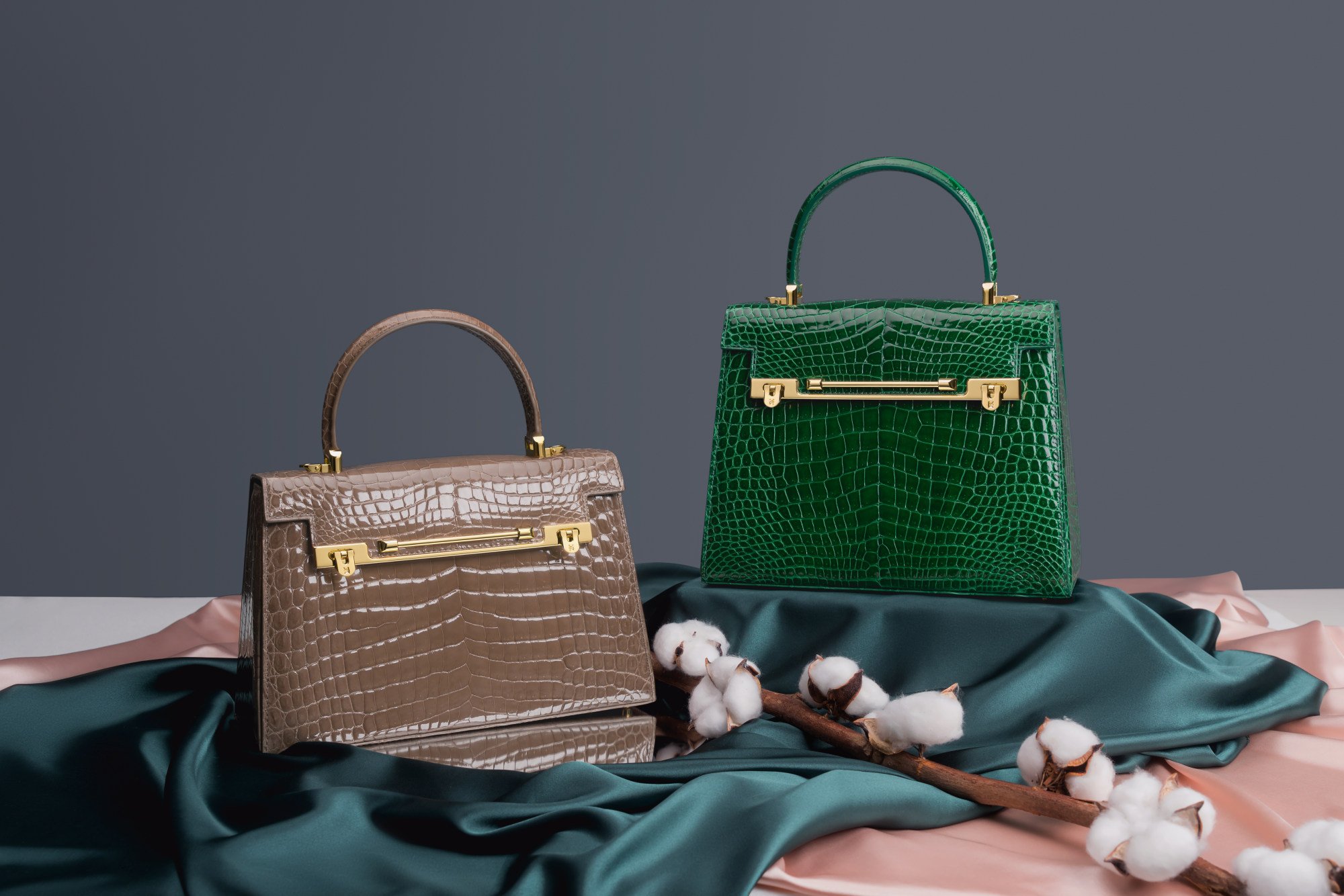
Over the years, he and his family members have forged deep relations with the farms from which they source skins, and they have visited several of them in places including Victoria Falls in southern Africa and Louisiana in the United States.
Koh adds: “There are well regulated programmes and ecosystems that have been built over generations. As demand for crocodilian leather products drives sustainable programmes that save this species, Ethan K’s adherence to procuring this certification strengthens our traceability and our respect for animal welfare by developing our business sustainably.”
It is a sentiment echoed by Kwan, who notes that the industry is continually working to enhance the production process as well.
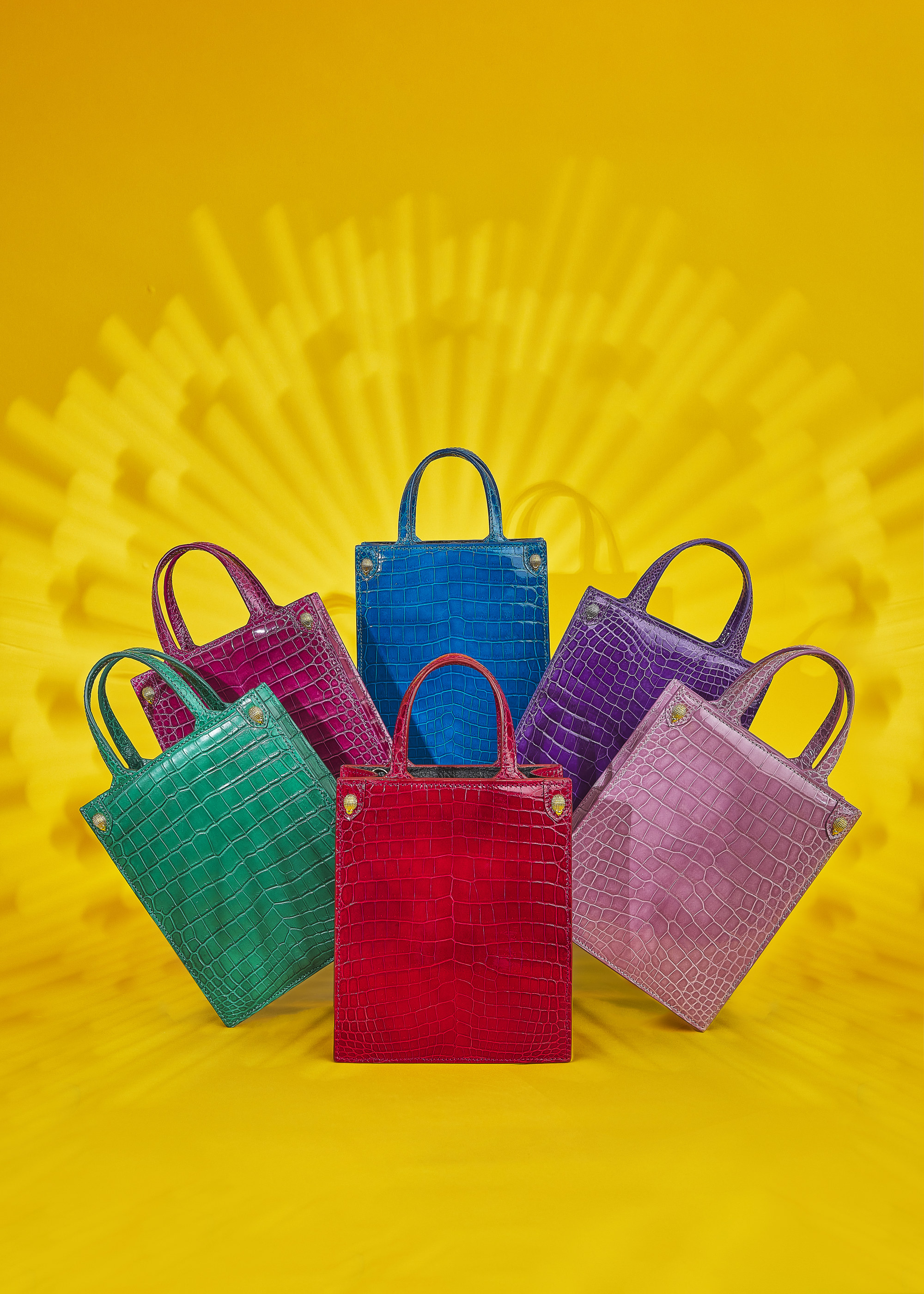
“It is our duty as leather product makers to ensure we do our part in conserving the species, as it is our art form and also something that we appreciate and respect,” he says.
“In our experience, the technology that has developed over the years has resulted in stunning leather finishes and low environmental impact, from tanning to final production of our products.”
Still, there are some designers who have pivoted away entirely from the use of exotic skins to refresh their brand image. For example, Goh Ling Ling, of the handbag label Ling Wu, first gained notice for her use of sustainably sourced exotic leather – snake skin, in particular.
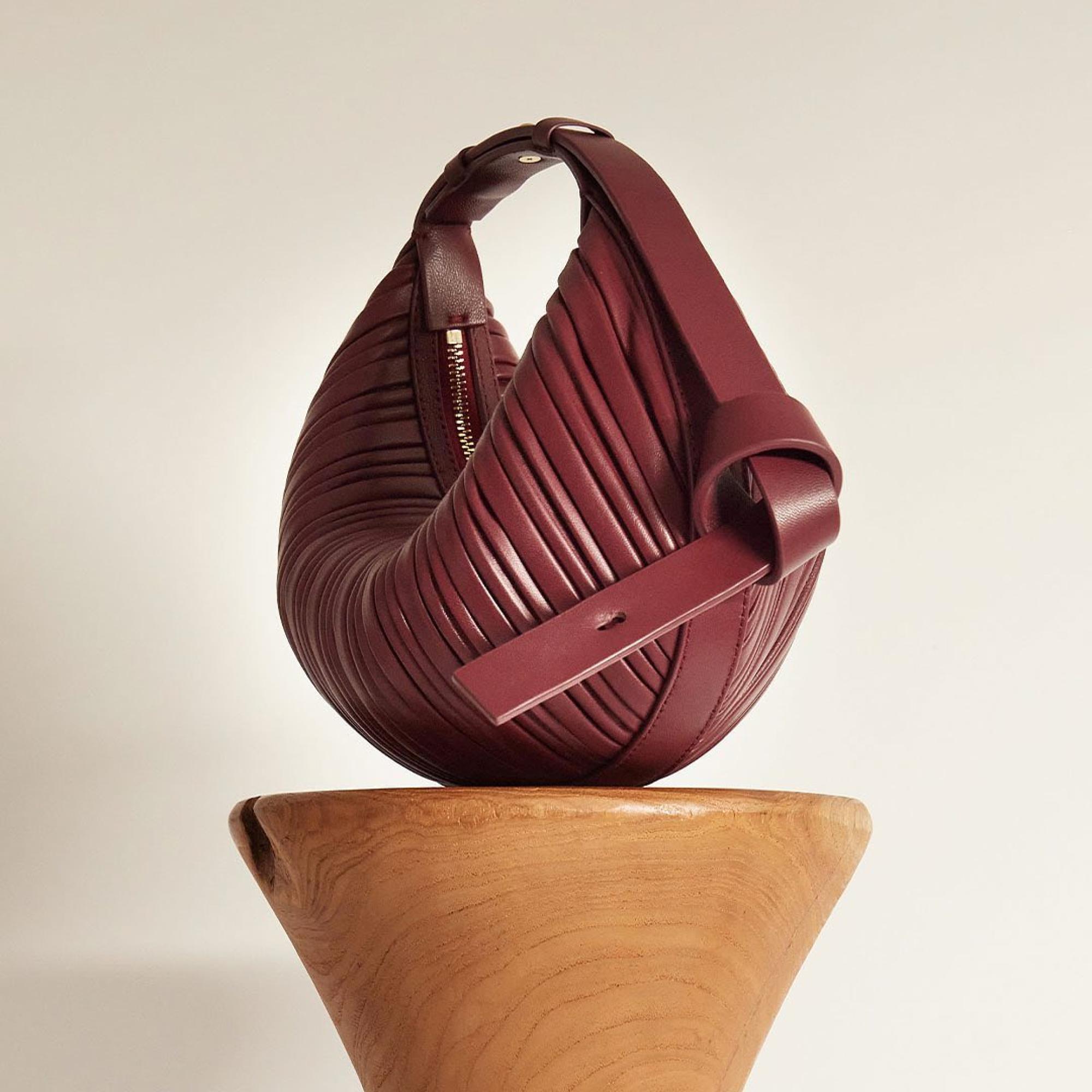
While snake leather can be thought of as more sustainable than cow leather because of the reptiles’ smaller carbon footprint, she chose to switch to the latter for another ethical reason.
“The beef industry is so massive that the by-product of the food industry, the skin, should be put to proper use – in this case, as leather,” she said.
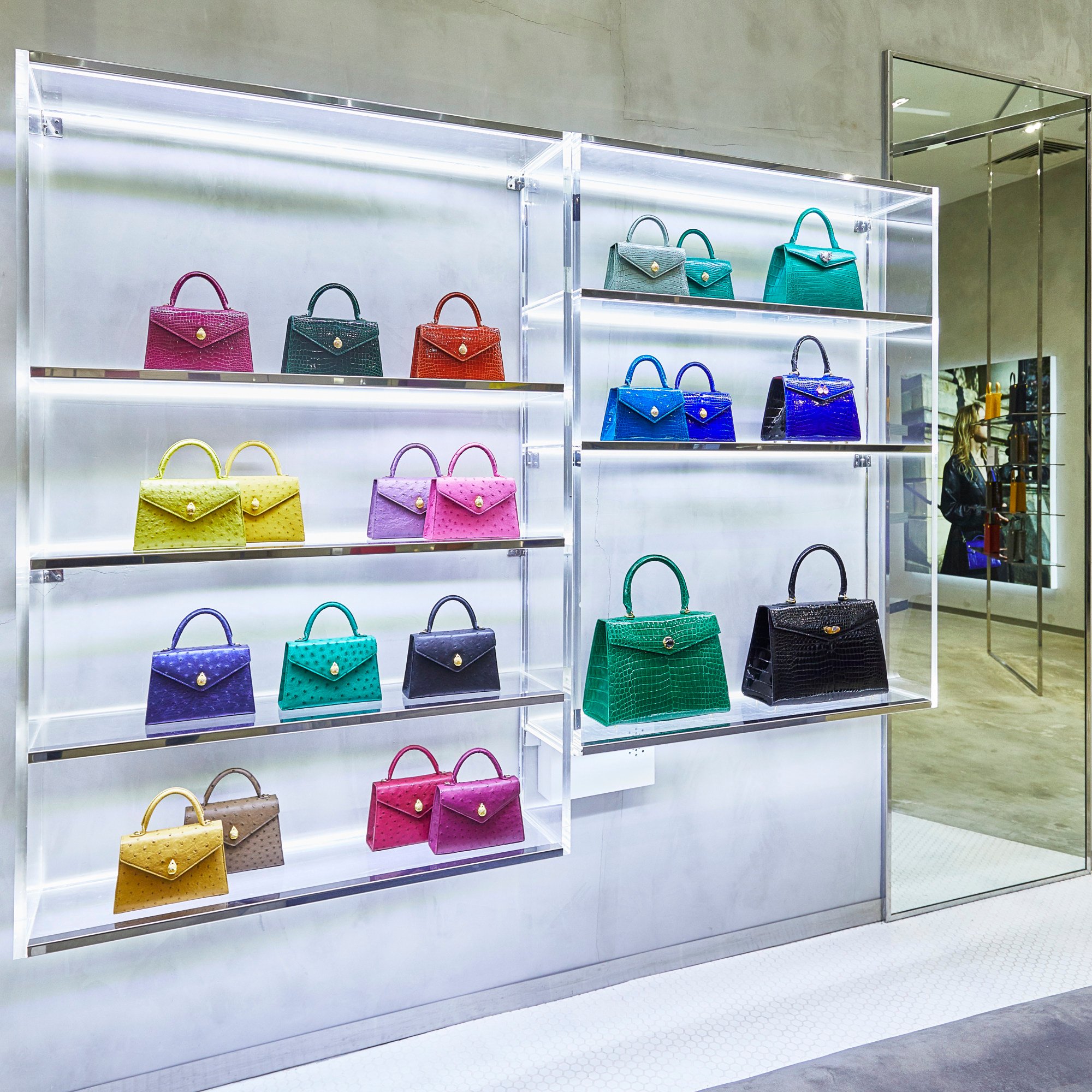
Koh, of Ethan K, has also begun introducing a small selection of bags in other materials including calf leather, canvas, rattan and cork to complement the exotic leather bags.
Non-exotic leather bags, which typically have lower price points compared to rare exotic-skin bags, are attractive to younger clients, with about 20 per cent of his brand’s sales coming from non-exotic products, he says.
“Most of our collectors are now under the age of 40 and we see a growing interest from Gen Zs in non-exotics as their first purchase. They gradually move on to our iconic styles in crocodile, when they understand that it is a timeless investment and also part of a sustainable programme.”

